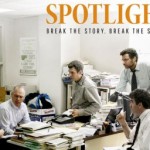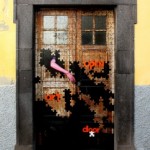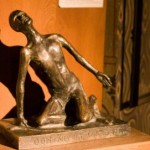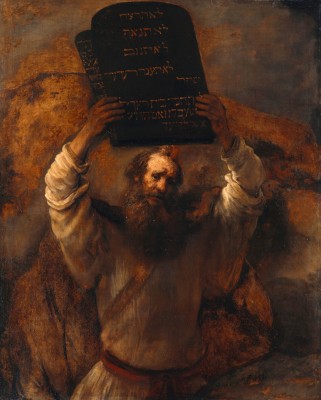 A lawyer asked him a question to test him: Which is the greatest commandment? – Matthew 22: 35
A lawyer asked him a question to test him: Which is the greatest commandment? – Matthew 22: 35
Who can blame folks for suspecting Jesus might be a fake? People still do, and there are a thousand jokes to prove it. There’ve been a lot of fakes on the public stage. And there still are. This time, though, Jesus had a memorable come-back. He’d thought about this question before.
Was that because he’d heard it often? Or was it one of those commonplace talking points in his day: Which is the greatest commandment?
Was this a public piety, to pick the one that seemed clearly to matter most, and figure you could get by if you broke the others? After all, Moses, who heard them first and carried the tablets down the mountain, broke the tablets in his rage against the idol worship he found in his encampment, and then broken the commandment not to murder, in a wrathful frenzy. Who can expect to be better than Moses?
Jesus, too, was a commandment breaker: he’d broken the Sabbath laws (and talked about fulfilling the Sabbath by doing so). And, by picking food with his disciples in someone else’s field on the Sabbath, he’d stolen. Some Pharisees had accused him of blasphemy, when he forgave sins. And he was pretty free with his use of God’s good name.
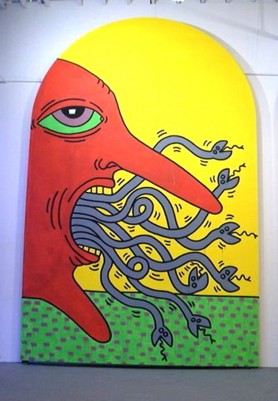 Jesus answered the question. He summed up the first five commandments in one great commandment: ‘love God with all your heart, soul, and mind’. That covers false worship, idols, taking God’s name in vain, keeping the Sabbath, and honoring your parents, who had taught you all ten laws.
Jesus answered the question. He summed up the first five commandments in one great commandment: ‘love God with all your heart, soul, and mind’. That covers false worship, idols, taking God’s name in vain, keeping the Sabbath, and honoring your parents, who had taught you all ten laws.
And Jesus summed up the next five commandments, saying ‘The second is like it: love your neighbor as yourself.’ And that pretty well covers lying, stealing, coveting, adultery, false witness, and murder.
In a way, then, Jesus is saying the Decalogue is one Commandment, as God is one God. And he is clearly saying that no law, no rule, no piety, no custom, no culture, no tradition, is more important than loving God completely. And God cannot be contained in one law, one rule, one piety, one custom, one culture or tradition, but can only be contained in all the world – and any soul.
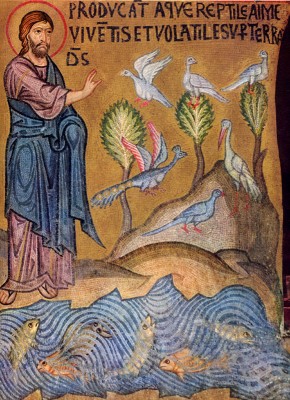 The World –- the Creation –- the Outpouring of God –- is all living, and all of it good. The is the visible art of God’s heart, soul, and mind. And within it, lies ours. To love God, then, with all our heart, soul, and mind, is to love far beyond our immediate life of friends, family, neighbors. Trees fall within this love, and oceans. The air itself; rivers; species struggling to find habitat; polar bears dying for lack of ice to crawl up on; song birds in distress for want of trees; coastlines littered with refuse, some of it ragged, starving humans, the refuse of brutal economies and vicious politics – these are the neighbors Jesus over and again holds up for us to see.
The World –- the Creation –- the Outpouring of God –- is all living, and all of it good. The is the visible art of God’s heart, soul, and mind. And within it, lies ours. To love God, then, with all our heart, soul, and mind, is to love far beyond our immediate life of friends, family, neighbors. Trees fall within this love, and oceans. The air itself; rivers; species struggling to find habitat; polar bears dying for lack of ice to crawl up on; song birds in distress for want of trees; coastlines littered with refuse, some of it ragged, starving humans, the refuse of brutal economies and vicious politics – these are the neighbors Jesus over and again holds up for us to see.
Mary Oliver, in her poem At The River Clarion, writes:
I don’t know who God is exactly.
But I’ll tell you this.
I was sitting in the river named Clarion, on a water splashed stone
and all afternoon I listened to the voices of the river talking.
Whenever the water struck a stone it had something to say,
and the water itself, and even the mosses trailing under the water.
And slowly, very slowly, it became clear to me what they were saying.
Said the river I am part of holiness.
And I too, said the stone. And I too, whispered the moss beneath the water.
Learning to listen to mystery, and to perceive the mystery infused in this world, is the art of knowing God. Any religion will tell you that. Jesus, in his stories and his great commandment tells you. Rumi, in his Sufi poems. Jews dancing with the Torah. Hindus at Divali, playing in the streets and covered with colored powders. Old men washing in the Ganges. Muslims on their Hajj. Christians holding candles in the darkness on Christmas Eve. They all speak of God.
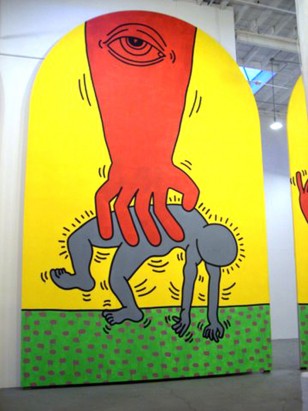 And yet the arguments over whose Law is greatest become mired in the deep darkness of struggles for power. At the Vatican, the Pope himself has been denied, by his own Cardinals, the tender words of mercy he sought to extend, on behalf of his church, to those who have been made scapegoats in the righteousness games that too many clergy – and laity – piously play.
And yet the arguments over whose Law is greatest become mired in the deep darkness of struggles for power. At the Vatican, the Pope himself has been denied, by his own Cardinals, the tender words of mercy he sought to extend, on behalf of his church, to those who have been made scapegoats in the righteousness games that too many clergy – and laity – piously play.
Writing of a different struggle, but in words that are as apt for the Vatican as for the General Theological Seminary in New York, Frederick Schmidt, in Patheos on October 17, speaks of the role of seminaries, and I would say churches, and Jesus did say, the Commandments, as seed-beds for mystery.
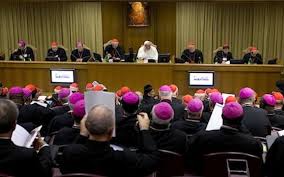 If you are simply dispensing information, Schmidt writes to the GTS Trustees (and Jesus said to the lawyer questioning him, and the Pope is saying to the College of Cardinals) your days are numbered. (Laws, history, learning as a product) can be codified, recorded, and dispensed. A seedbed is a different matter. It is baptism into a mystery – an experience of God – a relationship with God and those who have been touched by the Divine. Mystery is not something that is simply learned, it is absorbed and the few that choose to offer that gift have a future. For those that don’t offer that mystery, there isn’t one.
If you are simply dispensing information, Schmidt writes to the GTS Trustees (and Jesus said to the lawyer questioning him, and the Pope is saying to the College of Cardinals) your days are numbered. (Laws, history, learning as a product) can be codified, recorded, and dispensed. A seedbed is a different matter. It is baptism into a mystery – an experience of God – a relationship with God and those who have been touched by the Divine. Mystery is not something that is simply learned, it is absorbed and the few that choose to offer that gift have a future. For those that don’t offer that mystery, there isn’t one.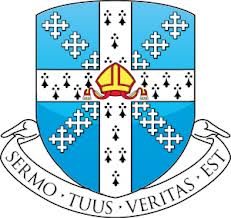
This is the Great Commandment, as Jesus preached it to us all. It is well to remember it, when the power of politics, and the politics of power, come round demanding answers to their suspicious questions. __________________________________________________________ Illustrations:
1. Moses with Ten Commandments, Rembrandt von Rijn, 1659, Gemaldegalerie, Berlin. Vanderbilt Divinity School Library, Art in the Christian Tradition.
2. Ten Commandments, unnumbered. Keith Haring, 1985, New York.Vanderbilt Divinity School Library, Art in the Christian Tradition.
3. Creation – Day 5. Mid 12th century. Cappella Palatina di Palermo, Italy. Vanderbilt Divinity School Library, Art in the Christian Tradition.
4. Ten Commandments, unnumbered. Keith Haring. 1985. New York. Vanderbilt Divinity School Library. Art in the Christian Tradition.
5. Vatican Special Synod on the Family. October 2014. Google Images.
6. Seal of General Theological Seminary, New York. Google Images.


